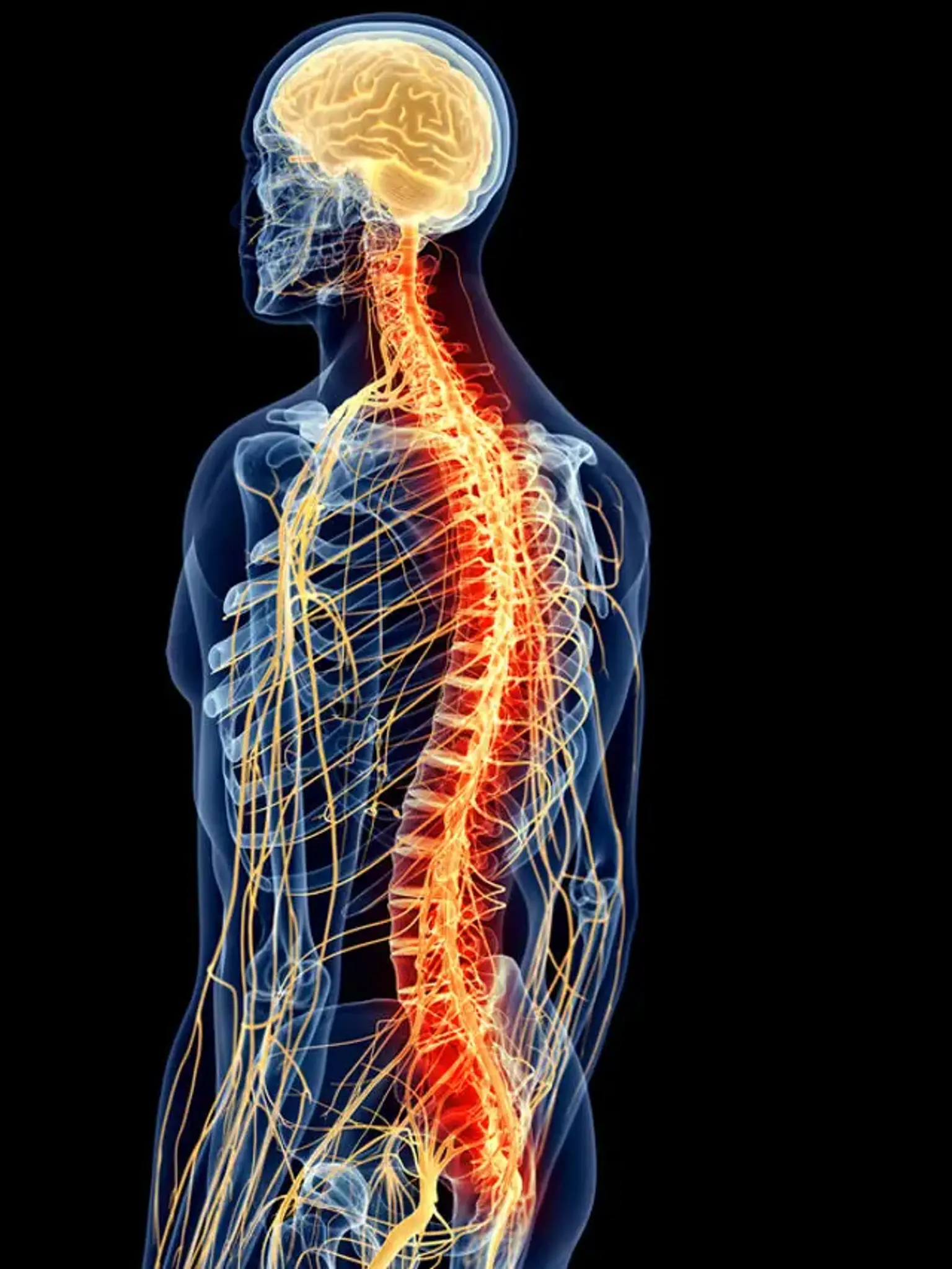Central Nervous System Disease
Overview
CNS disease is a broad spectrum of disorders in which the brain does not operate normally, restricting health and capacity to function. The issue might be a hereditary metabolic illness, the outcome of an infection, a degenerative condition, a stroke, a brain tumor, or another problem, or it could be the result of unknown or many reasons. Parkinson's disease, dystonia, and essential tremor are all central nervous system illnesses.
They all share the loss of adequate, intact nervous system circuits that coordinate processes as diverse as memory formation (in Alzheimer's) or voluntary movement (in movement disorders). While most of the problems in this category cannot be entirely healed, symptoms of central nervous system diseases may typically be treated using a variety of therapies ranging from medicinal to surgical therapy.
